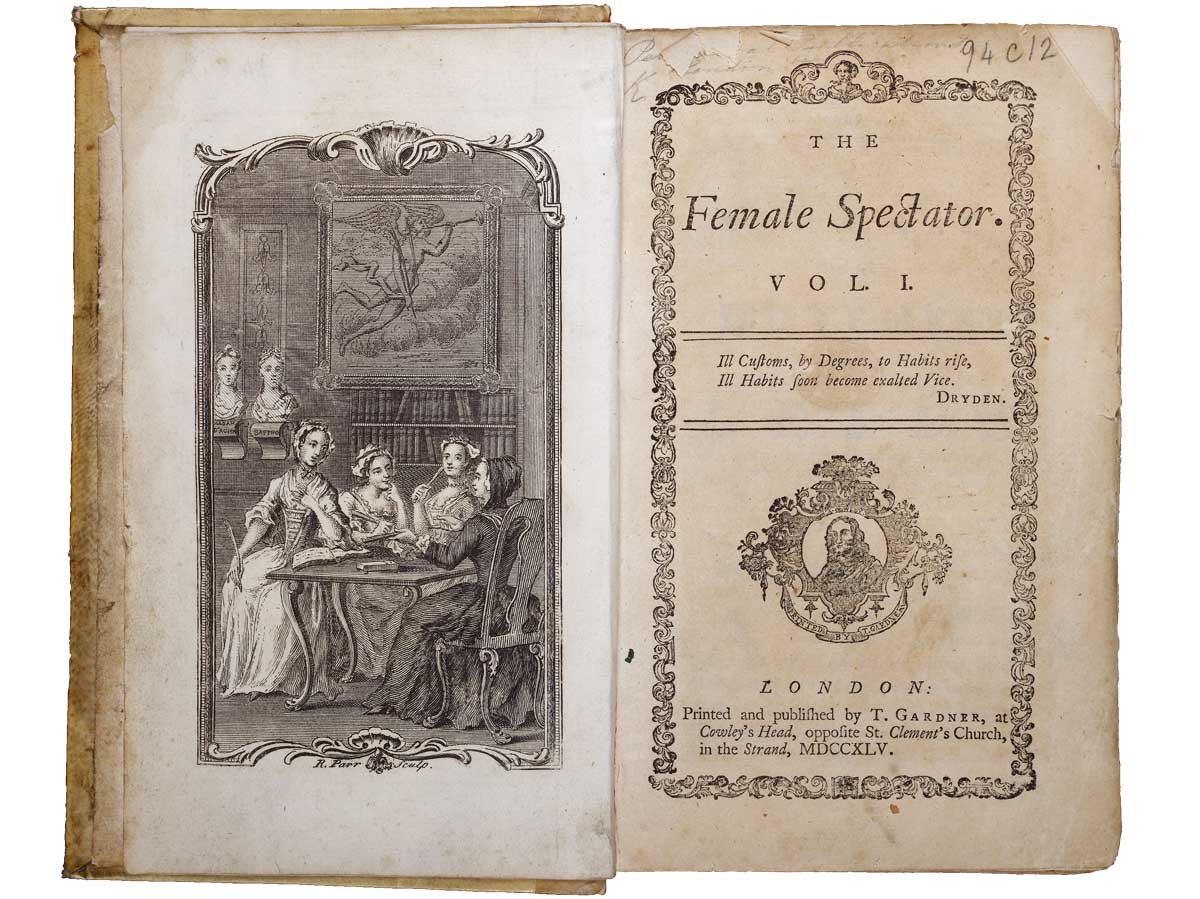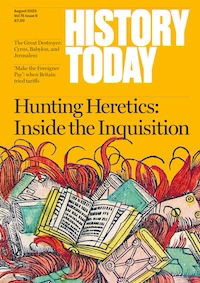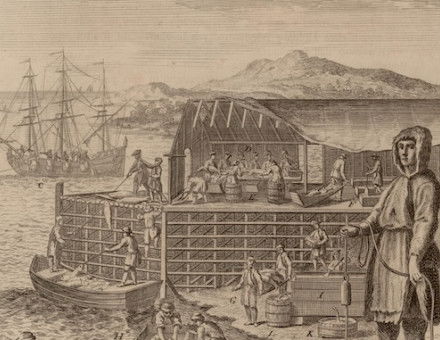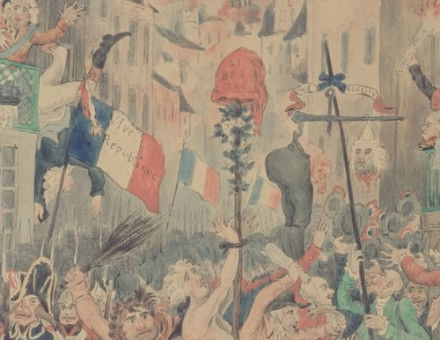What’s in a Name?
Erasing women writers in the name of uplifting them.

In Persuasion, Jane Austen’s heroine acidly comments that ‘men have had every advantage of us in telling their own story … the pen has been in their hands’. Charlotte Bronte, 30 years later, explained her family’s choice of pseudonyms with reference to ‘a vague impression that authoresses are liable to be looked on with prejudice’. Both authors’ words, along with their choice to publish anonymously or pseudonymously, frequently reappear in popular conceptions of women’s literary history. Removed from their original context, they become the emblem of a simplified concept of the history of women writers: a continual struggle in a male-dominated literary landscape, in which occasional disadvantaged, trailblazing women fight against the tide. The irony is that such a conception often appears in well-meaning attempts to celebrate women writers, but essentially serves to rewrite the past and erase women from the literary map.







